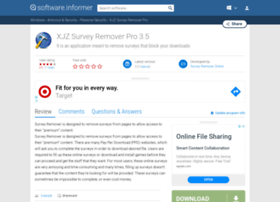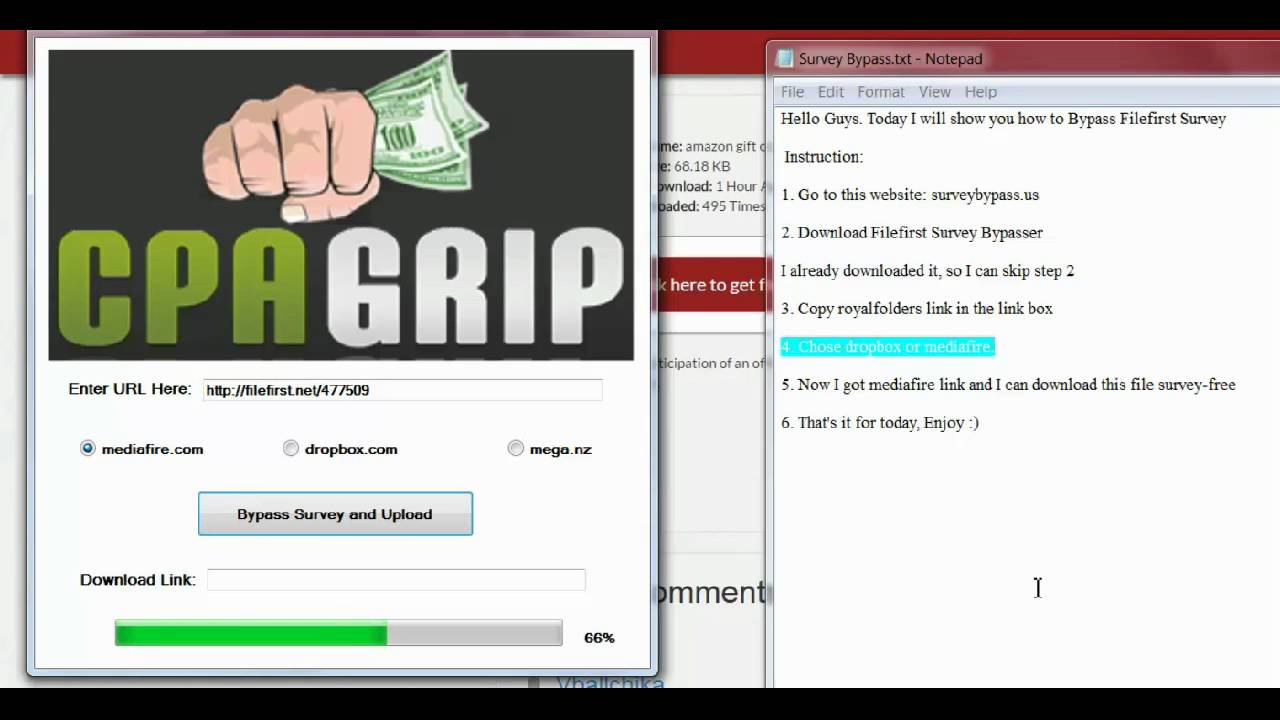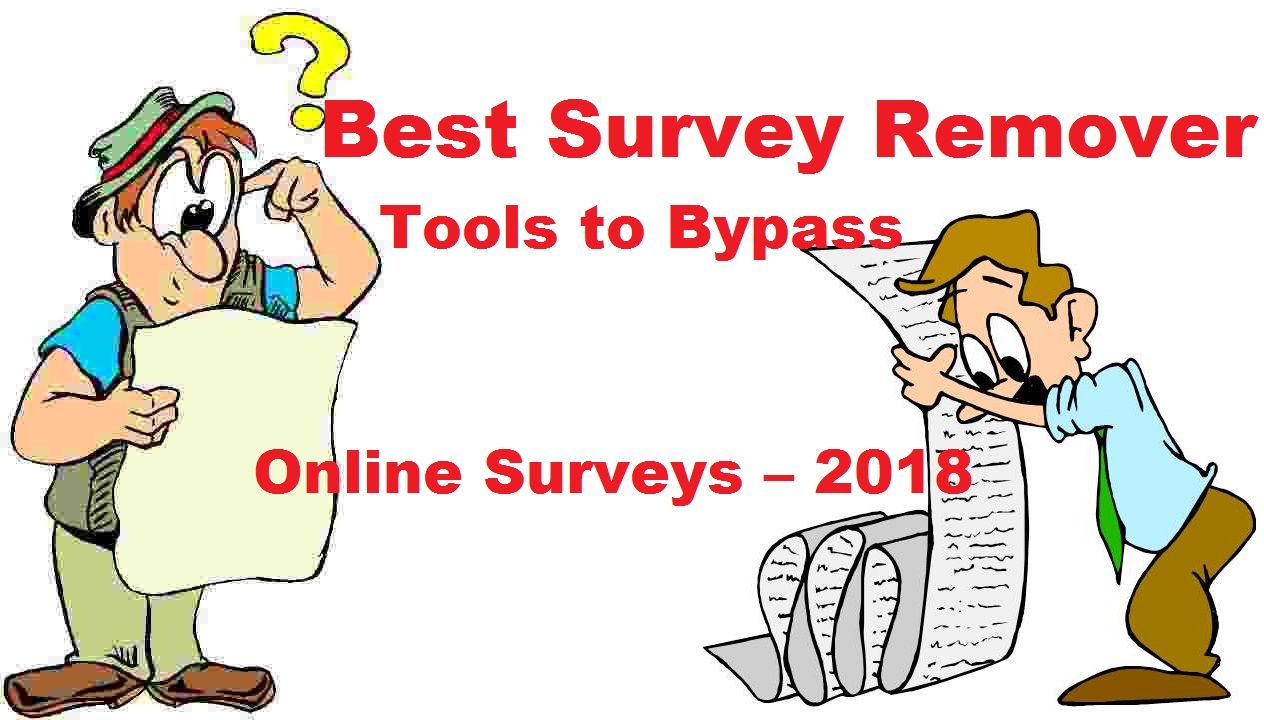
For instance, in the second study, there were only small differences in the effects seen for political versus nonpolitical messages about Covid-19, suggesting the findings hold across varying types of content. These differences were surprisingly stable across groups. However, the advantage of video over text was only one-third as big when it came to changing participants' attitudes and behavior.Īs a further indication of this limited persuasive advantage of video versus text, the difference between the "control condition" (with participants who received no information) and reading text was as great as that between reading the transcript and watching the video.

Participants were modestly more likely to believe that events actually occurred when they were shown in a video as opposed to being described in a written transcript. Overall, the results showed that video performed somewhat better than written text on the believability front but had a smaller relative advantage when it came to persuasion. The second study followed the same format but involved 24 popular video clips about Covid-19, taken from YouTube.

Survey remover online series#
They were then shown a series of questions measuring whether they found the subject personally important and whether they wanted more information. (Each participant did this multiple times.) For each ad, participants were asked whether the message seemed believable and whether they agreed with its main message. Survey participants either watched an ad, read a transcript of the ad, or received no information at all.
Survey remover online archive#
The first study involved 48 ads obtained through the Peoria Project, an archive of political materials. To conduct the study, the MIT researchers performed a pair of survey experiments involving 7,609 Americans, using the Lucid and Dynata platforms. So, one question is: Do you believe that happened, or was it just trickery? And the second question is: How much do you want to buy the stain remover? The answers to those questions don't have to be tightly related." Alternately, a video might not seem credible to a large portion of the audience but still alter viewers' attitudes or behavior.įor example, Rand says, "When you watch a stain remover ad, they all have this same format, where some stain gets on a shirt, you pour the remover on it, and it goes in the washer and hey, look, the stain is gone. That is, an audience might find a video believable, but their attitudes might not change in response. The study operates on a distinction between the credibility of videos and their persuasiveness. Schell Professor and Professor of Management Science and Brain and Cognitive Sciences Ben Tappin, a postdoc in the Human Cooperation Lab and Chloe Wittenberg, a doctoral student in the Department of Political Science. Berinsky, the Mitsui Professor of Political Science Rand, the Erwin H.

The paper, "The (Minimal) Persuasive Advantage of Political Video over Text," is published today in Proceedings of the National Academy of Sciences.

"Before we can identify strategies for combating the spread of deepfakes, we first need to answer these more basic questions about the role of video in political persuasion." "Technological advances have created new opportunities for people to falsify video footage, but we still know surprisingly little about how individuals process political video versus text," says MIT researcher Chloe Wittenberg, the lead author on the paper. The study comes amid widespread concern about online political misinformation, including the possibility that technology-enabled "deepfake" videos could easily convince many people watching them to believe false claims. "Our conclusion is that watching video is not much more persuasive than reading text," says David Rand, an MIT professor and co-author of a new paper detailing the study's results.


 0 kommentar(er)
0 kommentar(er)
